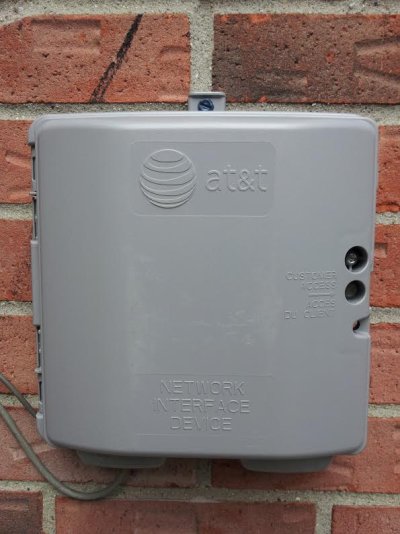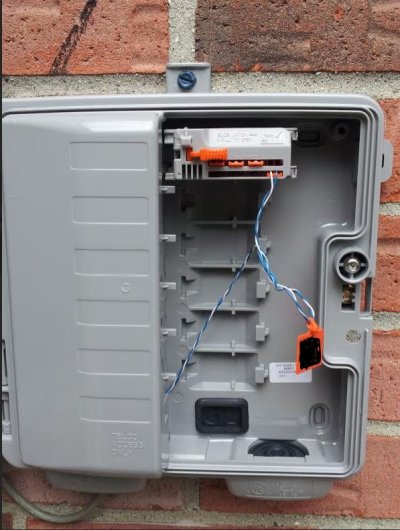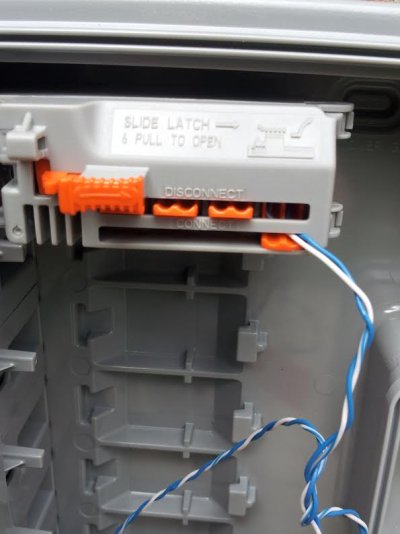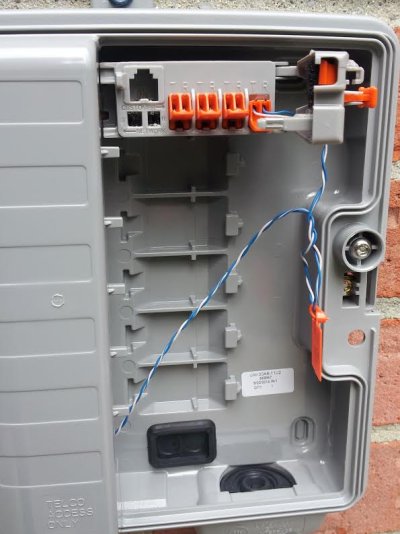meierlde
Thinks s/he gets paid by the post
Yes, on closer inspection I think you are correct about that.
However, you just never know what someone might have done along the way, and I'm just a little squeamish suggesting that unless the [-]OP[/-] (woops, not OP, but omni550 in post # 19) is going to verify it with a voltmeter. But I still give you 99.99% certainty you are correct.
For example, I had some problems with the phone wiring to an extension in our house. L1 had opened somewhere, but I found that L2 was still good, so at a junction closer to the box, I swapped L1 and L2. Works for me, but might confuse someone down the road.
-ERD50
If you have a spare phone cable with a jack on both ends, cut one jack off, strip the red and green wires off, and put alligator clips on them. Then you can make a regular phone a butt set. Clip red to red green to green and you do better than a voltmeter. A butt set is what the lineperson uses to test the lines to the house. If the line is still active see if you get a dial tone. Then you could disconnect wires at the terminals and see which set gets you a dial tone.

 You guys are amazingly knowledgeable.
You guys are amazingly knowledgeable. 


